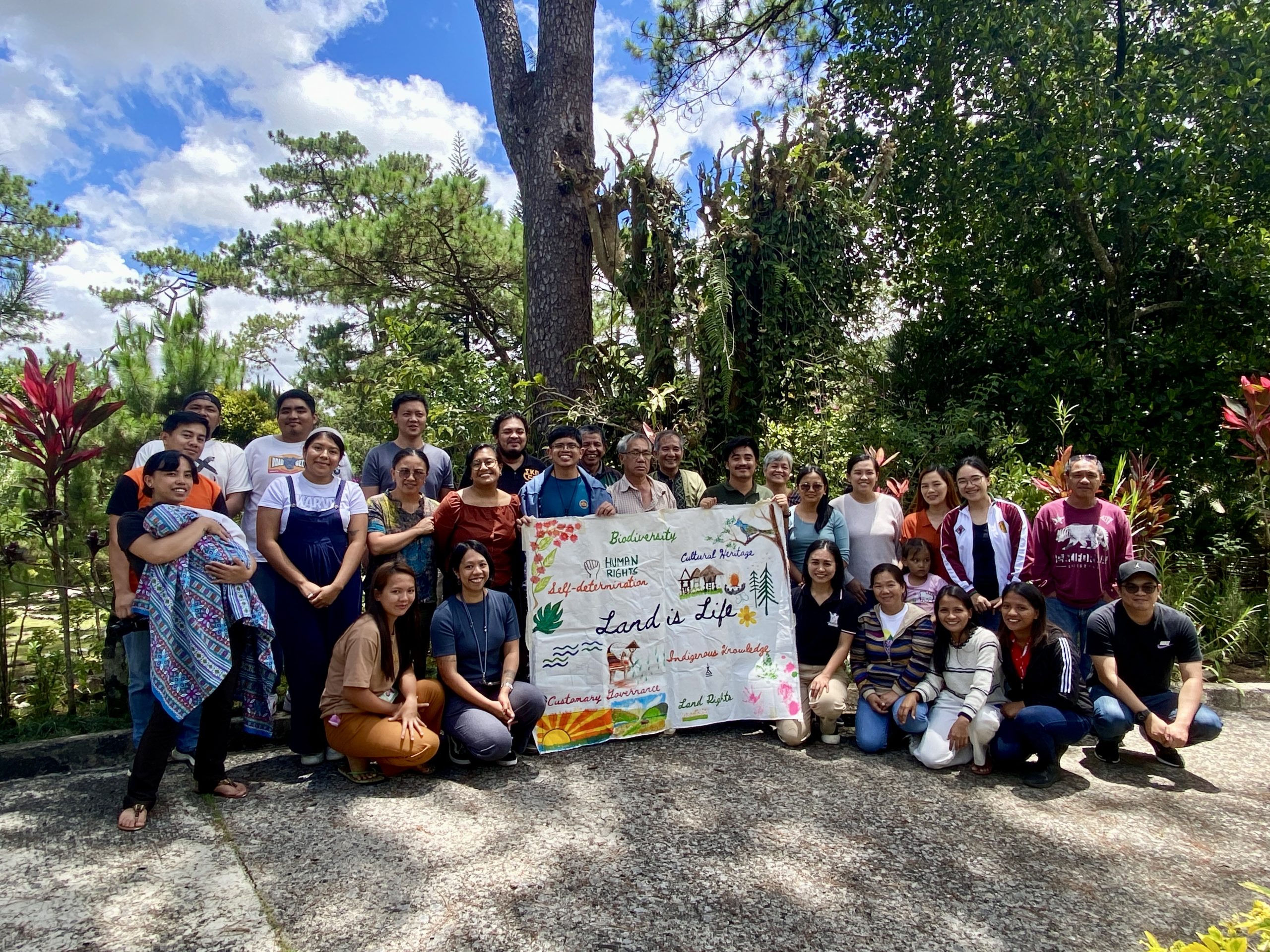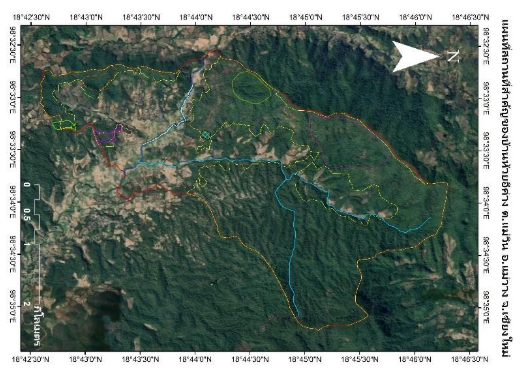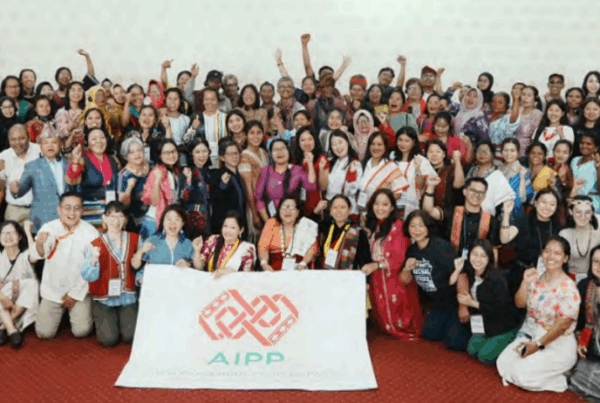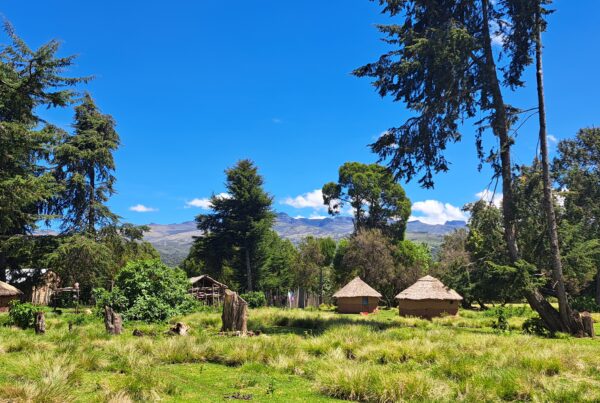Frameworks such as the UN Convention on Biological Diversity (CBD) and the Kunming-Montreal Global Biodiversity Framework (KMGBF) have set biodiversity targets with the main goal to live in harmony with nature by 2050. However, a lack of policy coherence between these international obligations and national legislation undermines countries’ ability to implement and fulfill these commitments effectively. Nonetheless, Indigenous Peoples are creating their self-determined plans and are working on the ground to meet these targets.
On May 15-16th, 2025, PIKP with the Cordillera Disaster Response and Development Services (CorDis RDS) held the ‘Cordillera Training on Indigenous Peoples and Biodiversity’, gathering partners whose work contributes greatly to addressing biodiversity loss from local to global. At the Cordillera Training on Indigenous Peoples and Biodiversity, participants reflected and planned collectively on how these international frameworks can be used to strengthen community work, advocacy, and planning processes. Participants affirmed that Indigenous Peoples exemplify what it means to live in harmony with nature.
The international frameworks discussed during the training offered a valuable opportunity for the participants to reflect on how they can support the localization and implementation of key biodiversity policies, while also strengthening community-driven efforts and advocacy. For Indigenous Peoples, biodiversity is deeply intertwined with culture, identity, and language. As a result, the loss of biodiversity also threatens cultural survival and intergenerational knowledge. The phrase “Land is Life” reflects this profound connection, underscoring the vital role land plays in sustaining Indigenous ways of life.
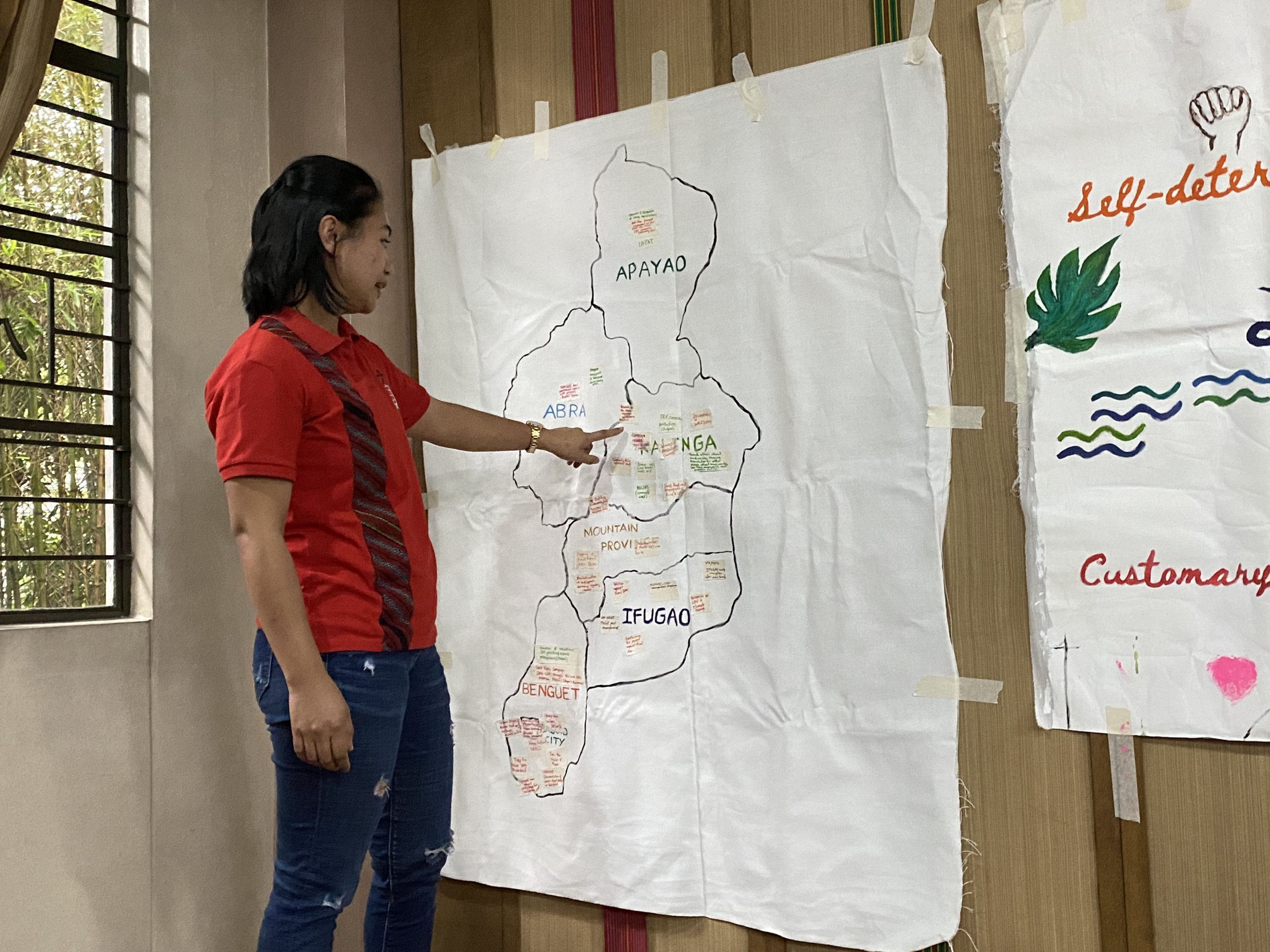
Type: Article
Region: Asia
Country: Philippines
Theme: Community-led conservation; International processes
Partner: Partners for Indigenous Knowledge Philippines (PIKP)
